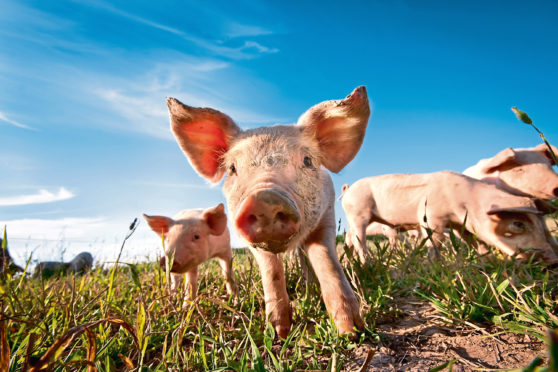Calls to introduce new meat and dairy product labels which include a description of how the items were produced has drawn a sharp warning from the National Pig Association (NPA) that it would confuse and mislead consumers.
“There’s a limit to the amount of useful and easy-to-understand information that can be put on food labels,” said NPA senior policy adviser Georgina Crayford. “Going beyond what is already required by law is likely to lead to greater rather than less confusion amongst consumers.
“NPA believes it would be better to focus on improving awareness of existing labels before looking at extending further labelling requirements through law.”
The association’s opposition was discussed at a Westminster Forum event in London, where the point was made that British pig producers were already subject to an established voluntary code of practice.
This defines several terms related to production methods, such as “outdoor bred”, “outdoor reared” and “free range”, all of which are widely used on pork product labels.
Ms Crayford added: “A pig may be born outside and then reared in different types of indoor accommodation at different stages.
“Similarly, much of the pork from a pig reared as free range or outdoor bred/reared is sold as conventionally reared pork at a standard price. It would be very difficult to design a clear label in these cases.
“There is also likely to be significant cost involved in ensuring pork, especially when used as an ingredient within other products, is labelled accurately and in a meaningful way, which would inevitably be passed on to both consumers and producers.”
She said while terms related to production method can be useful for giving an indication of how an animal has been reared, they should not be used as a proxy for animal welfare.










